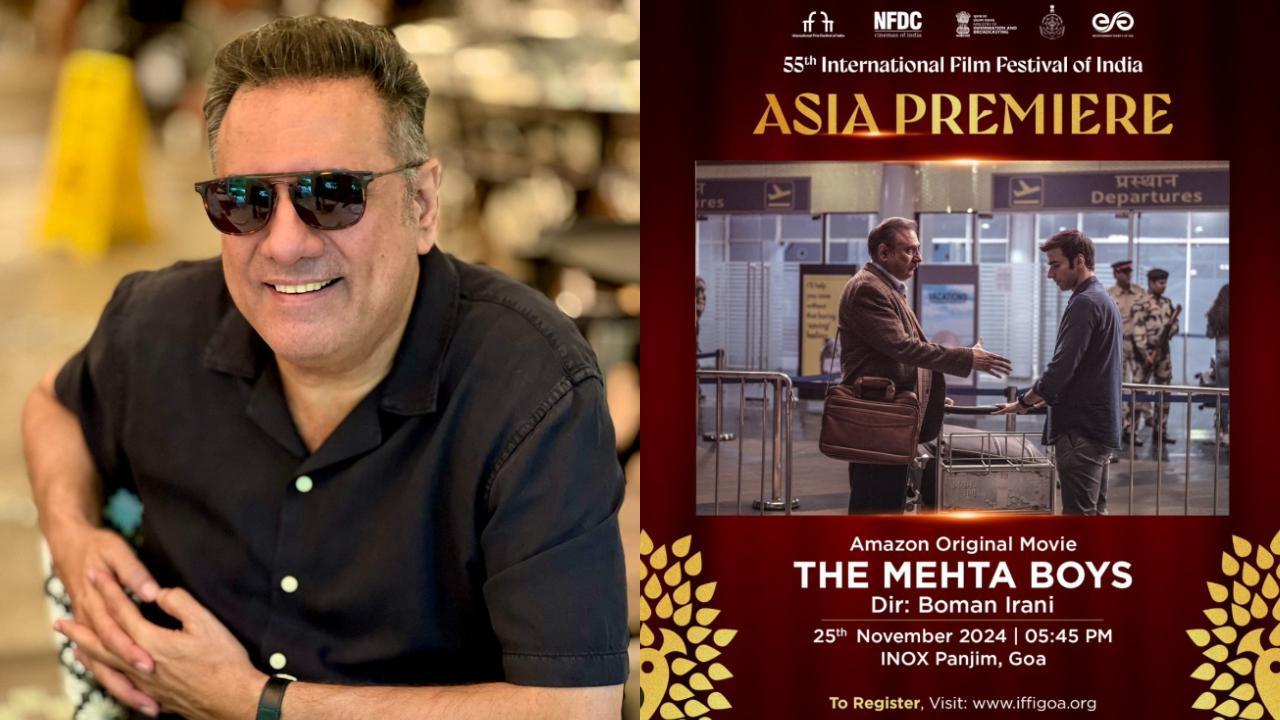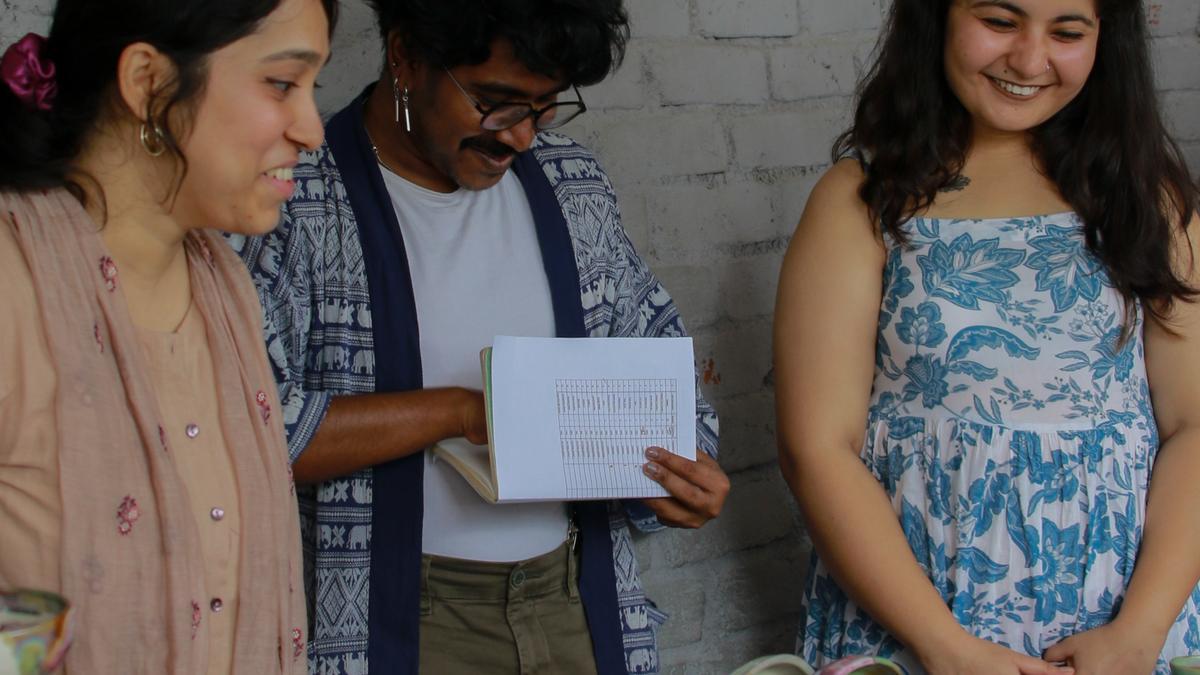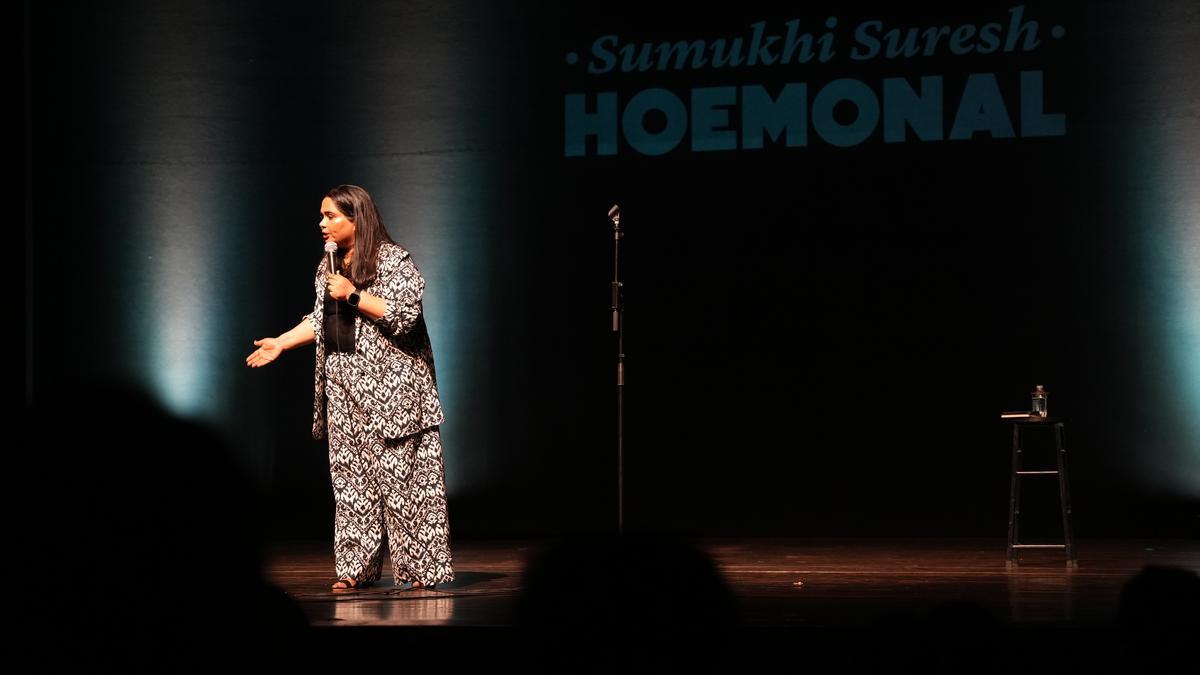
The venerable stage of Sangeetha Parishad in Mangaluru recently hosted a series of Indian classical music concerts that offered the audience a delectable blend of virtuosity and soulful renditions. This event marked the 30th anniversary, known as the Thrimshath Sambhrama, of the esteemed Parishad which is famously dedicated to promoting the fine arts. The event was organized jointly with the Karnataka Government’s Department of Kannada and Culture, as well as Bharatiya Vidya Bhavan, Mangaluru. The anniversary celebrations have included monthly concerts, featuring an array of gifted emerging talents alongside renowned maestros of Carnatic music.
During these celebrations, the accomplished Carnatic vocalist Vivek Moozhikulam delivered a performance that resonated with the spirit and passion for which he is renowned. Possessing a rich and resonant voice, Vivek commenced his recital with the Saveri Varnam ‘Sarasooda ninne’ composed by Patnam Subramania Iyer, setting the stage for an evening of musical excellence. In rapid succession, he moved on to the soul-stirring ‘Swaminatha paripaalaya aashu maam’ in Nattai, penned by Muthuswami Dikshithar.
Vivek’s delivery of Papanasam Sivan’s ‘Kaa vaa vaa’ in Varali was marked by his impeccably precise diction. The compositions of the revered Saint Tyagaraja heavily influenced Vivek’s concert lineup. His exploration of raga Saramathi was particularly noteworthy, as it brimmed with inventive phrasing. In keeping with expectations, Vivek offered the poignant ‘Mokshamu galadaa’, swiftly followed by the vibrant and cheerful ‘Shobillu saptaswara’, praising the sacred seven notes, in the raga Jaganmohini.
The highlight of the evening was Tyagaraja’s ‘Raksha pettarae doraku’ in raga Bhairavi. Following an intensely emotional and detailed portrayal of the raga, Vivek performed the kriti with solemnity and ornamental finesse. This Utsava Sampradaya kriti poetically touches upon the ritual of placing an auspicious mark on Lord Rama’s forehead, symbolizing protection from malevolent gazes, a custom historically observed during twilight hours, known as ‘sayaraksha’. Tyagaraja artfully conceptualizes Rama as a vulnerable child necessitating protection, while concurrently extolling the deity’s virtues. The niraval at ‘Sangeetha priya tyagaraja’ sparkled with bright and intricate brigas, rendered with apparent ease.
The accompanying violinist, Keshava Mohan Kumar, mirrored Vivek’s vocalizations with his resonant string play. Sunaada Krishna Amai on the mridangam provided melodious percussion that sympathetically supported the vocal performance. Together with Balakrishna Hosamane on the morsing, Sunaada crafted enjoyable rhythmic interludes during the thani.
The latter half of the concert featured lighter compositions, including Purandaradasa’s padas ‘Mandha mathiyu naanu’ and the metaphorically rich ‘Rama nama payasake’. The audience was particularly enthralled by the latter’s depiction of making payasam with ingredients named after deities, leading to a state of divine satisfaction, symbolized by two blissful burps. Vivek concluded his meticulously prepared performance with a lively thillana.
In an earlier session, the young flute prodigy Pranav Adiga from Udupi, a disciple of both Varijakshi Bhat and K. Raghavendra Rao, captivated the crowd with his youthful charm and surprisingly mature musicianship. He skillfully performed brief alapanas, followed by ‘Sudhamayee sudhanidhi’ in Amritavarshini (by Muthiah Bhagavatar) and ‘Tatvameruga taramaa’ in Garudadhwani (by Tyagaraja). Pranav’s main piece, ‘Needhu charanamulae’ in Simhendramadhyamam, also a Tyagaraja composition, showcased his talent in swarapratharas. He wrapped up his set with Purandaradasar’s ‘Govinda ninna namavae chanda’ in Jana Sammodhini. Pranav’s performance was enhanced by Gowtham Bhat P.G. on the violin and Shailesh Rao on the mridangam.
This concert series underscores Sangeetha Parishad’s continued commitment to the propagation of Carnatic music, ensuring that the tradition remains a living, thriving art form for future generations to cherish and enjoy.










